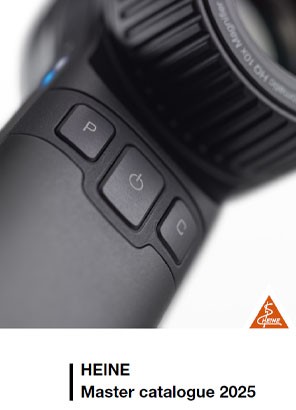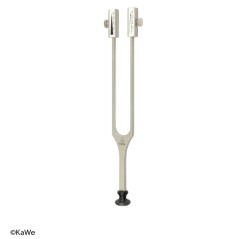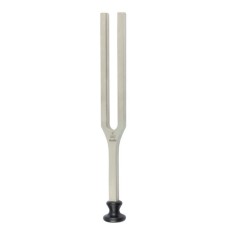KaWe tuning fork for neurologists according to Rydel-Seiffer with dampers
The KaWe tuning fork according to Rydel-Seiffer is a precise diagnostic instrument for neurologists and orthopaedists. It is used to assess vibration sensation in patients and supports neurological diagnostics, particularly in the case of polyneuropathies.
- High-quality workmanship - nickel-plated steel, material thickness approx. 8 mm
- With dampers - Ensures even vibration and precise vibration transmission
- Rydel-Seiffer scale - Integrated dual scale (0.5 and 0.8) for exact measurement of vibration sensation
- Frequency: c128 /c64 Hz - Ideally suited for neurological examinations
- Ergonomic design - Comfortable handling for precise work
Areas of application:
- Neurological examinations
- Diagnosis of polyneuropathies
- Testing of vibration sensitivity
The KaWe tuning fork according to Rydel-Seiffer is an indispensable tool for clinical diagnostics and should not be missing in any neurological practice!




